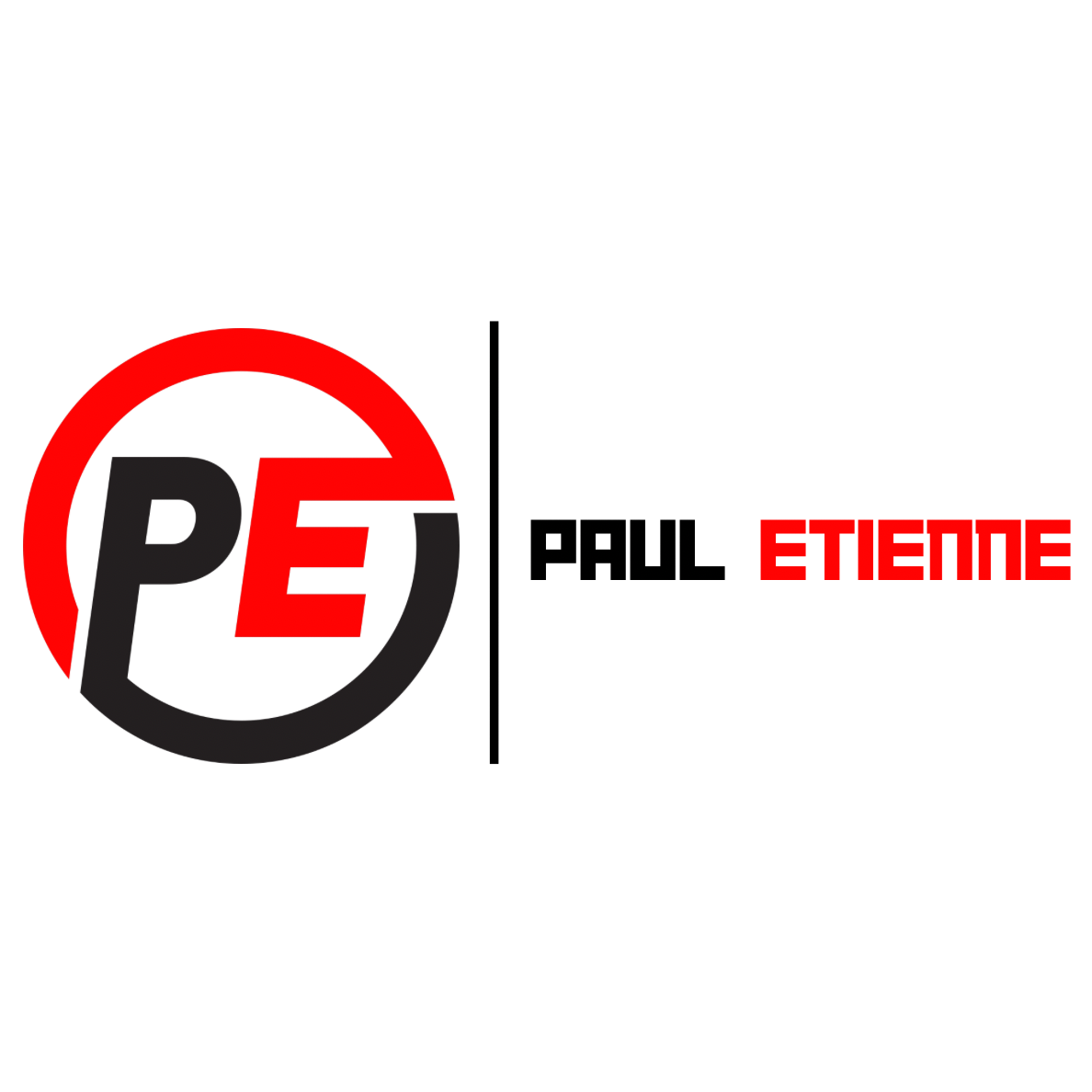Purchasing your first home is an exciting milestone, but navigating the mortgage process can be overwhelming for first-time buyers. To ensure a smooth journey to homeownership, it’s essential to understand the steps involved in securing a mortgage. In this guide, we’ll outline the key steps for first home buyers to follow for a successful mortgage process.
1. Assess Your Financial Situation Before diving into the mortgage process, evaluate your financial health. Calculate your monthly income, expenses, and outstanding debts. Knowing your financial standing will help you determine how much you can afford to borrow.
2. Set a Realistic Budget Based on your financial assessment, establish a budget for your home purchase. Consider factors such as down payment, closing costs, and ongoing homeownership expenses. Setting a budget ensures you don’t overextend yourself financially.
3. Check Your Credit Score A good credit score is crucial for securing a favorable mortgage rate. Obtain a copy of your credit report, review it for errors, and work on improving your credit score if necessary.
4. Save for a Down Payment Most lenders require a down payment, typically ranging from 3% to 20% of the home’s purchase price. Start saving early to meet this requirement and potentially reduce your monthly mortgage payments.
5. Get Pre-Approved Seek pre-approval from a mortgage lender. Pre-approval not only gives you a clearer picture of your budget but also makes your offer more attractive to sellers.
6. Shop for the Right Mortgage Explore various mortgage options, such as fixed-rate, adjustable-rate, or government-backed loans. Compare interest rates, terms, and fees from multiple lenders to find the best fit for your financial situation.
7. Choose a Realtor Partner with an experienced real estate agent who specializes in working with first-time homebuyers. They can help you find properties that match your criteria and guide you through the buying process.
8. Start House-Hunting With your budget in mind and pre-approval in hand, begin your search for the perfect home. Be patient and open to exploring different neighborhoods and property types.
9. Make an Offer and Negotiate When you find the right property, work with your realtor to make a competitive offer. Be prepared for negotiations with the seller, and consider including contingencies to protect your interests.
10. Complete the Mortgage Application Once your offer is accepted, complete the mortgage application with your lender. Provide all required documentation promptly to expedite the approval process.
11. Home Inspection and Appraisal Schedule a home inspection to identify any potential issues with the property. An appraisal will determine the home’s value. These steps are essential for your lender’s final approval.
12. Close the Deal At the closing, review and sign all necessary documents, including the mortgage agreement and other legal paperwork. Pay any remaining closing costs and fees.
Conclusion Buying your first home is a significant achievement, and a smooth mortgage process is essential to make the experience enjoyable. By following these steps and seeking guidance from professionals, you can confidently navigate the path to homeownership.










